PDT GEL for Photodynamic therapy (PDT)
PDT Gel is the most safe photosensitizer for PDT treatment. This is a new concept for PDT acne treatment compared to photosensitizer products with traditional ALA components, by using light on skin protein component tryptophan killing bacteria and releasing byproducts as amino acid. No burns, no pain, no tan, no side effect! You can now experience effective acne treatment with PDT gel. In addition to the face, PDT skin can also be used in the back, without the need for tedious MTS electric microneedles to introduce, do not need to reconcile the product consumes a lot of time, only need to apply on the skin with LED light source can be treated. Face or body, as long as the area of acne will not be troublesome, treatment is faster and more convenient!
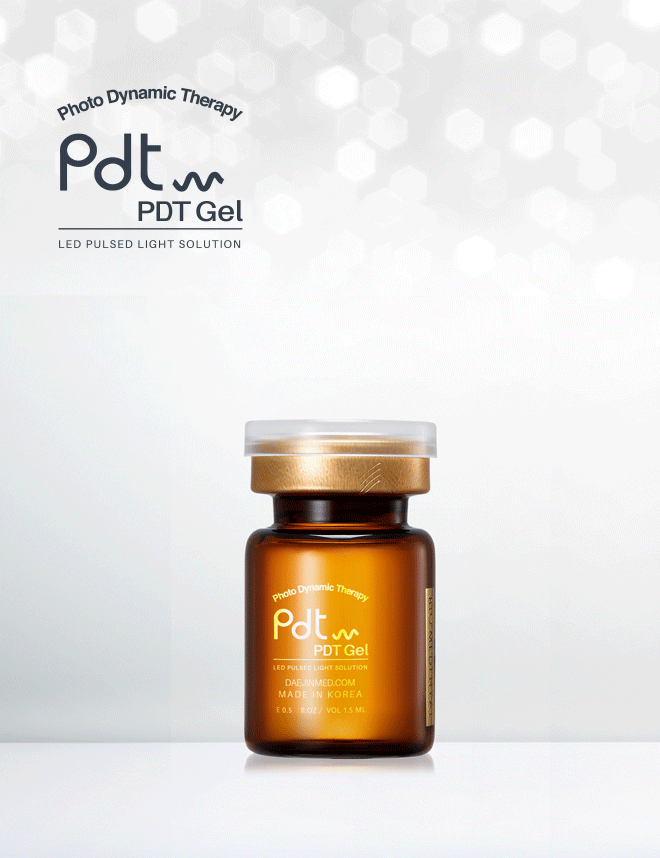
PDT gel is a photosensitizer with no side effects, Working with Omega LED light for acne treatment, it is called PDT photodynamic therapy.
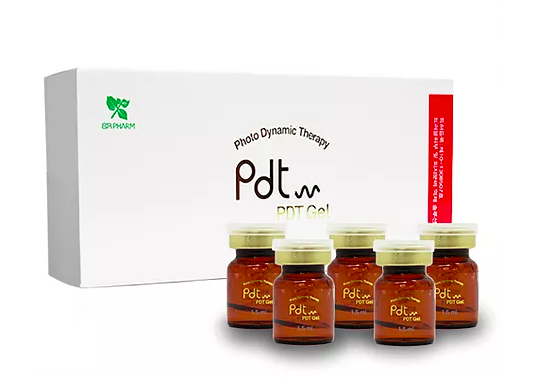
What is PDT photodynamic therapy?
Photodynamic therapy (PDT), sometimes called photochemotherapy, is a form of phototherapy involving light and photosensitizer. PDT has proven ability to kill microbial cells, including bacteria, fungi and viruses. PDT is popularly used in treating acne. This treatment is particularly for severe acne cases that do not respond to other treatments. Photodynamic therapy (PDT) may also be effective for other skin conditions, such as sun-damaged skin, precancerous cells, and skin infection. Photodynamic therapy also reduces the size and activity of the oil-producing glands on the skin, known as the sebaceous glands. Overactivity and inflammation of these glands contribute to acne development.
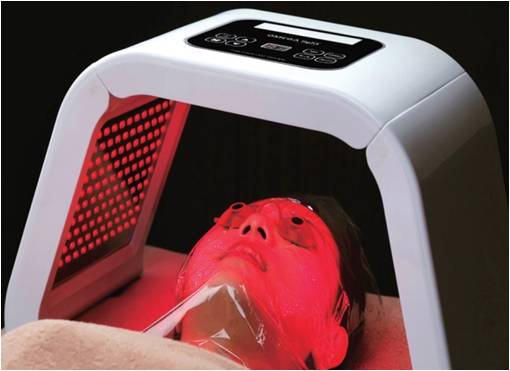
PDT Acne treatment tends to be more effective for inflammatory, rather than non-inflammatory, acne.
PDT Gel treatment principle
In PDT gel light absorbers photosensitized is important
1. Riboflavin receives the blue light activating tryptophan resulting in the formation of active radicals.
2. The produced decomposition radical reacts with the water molecules producing ROS.
3. ROS has the effect of decrease in acne bacteria and sebum secretion
4. After the affects of tryptophan, byproducts are rapidly decomposed and discharged as amino acid through metabolic pathways in the skin.
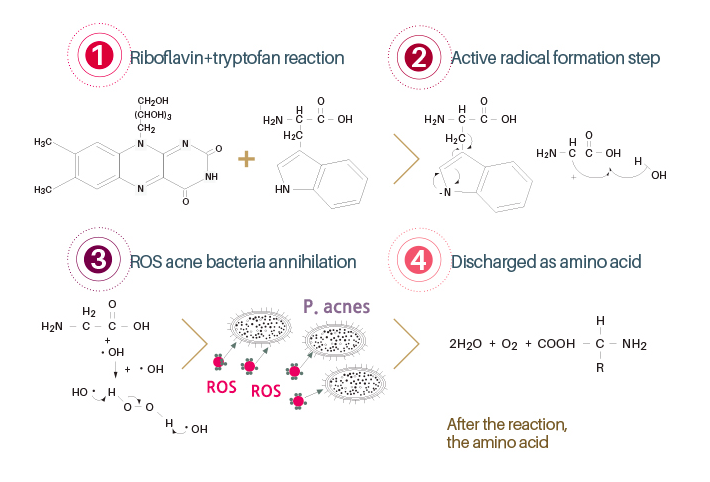

PDT Gel for Photodynamic therapy may offer benefits over other therapies. Its positives include:
- killing acne-causing bacteria on the skin
- affecting only targeted cells, helping to maintain skin integrity
- reducing the size and activity of sebaceous glands
- helping fade old acne scars
- not causing scarring
- treating other skin conditions that may co-occur alongside acne, such as age spots and rosacea
- can be used along with medication if needed, except isotretinoin (Accutane)
Another important benefit of photodynamic therapy is that it does not involve the use of antibioticsor oral retinoids, such as Accutane. This makes PDT a viable treatment for people who cannot take those medications.
How to use
1. Clean and Disinfect skin before using PDT gel
2. Pop all the pimples out (use a needle gently open acne parts and squeeze the pus out)
3. Remove the cap and change to the enclosed cone-shape cap
4. Apply PDT all over your face
5. Wrap your face with plastic wraps
6. Put towels to cover face for 20 minutes, remember to turn off lights at this time
7. Turn on LED light under 415mm, 635mm for 10 minutes each pulsed
8. Finish treatment, clean skin
9. Put Glamour Bio Cellulose Repair Mask for 20 minutes
10. Must put sun cream on patient’s face
PDT Acne treatment usually takes 3 to 5 times depends on patient. Each session will be a week apart but it is adjustable and depends on skin condition. It can be operate with other treatment at the same time.

8,753 total views, 2 views today

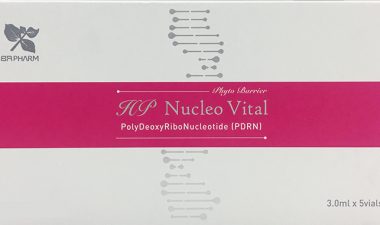
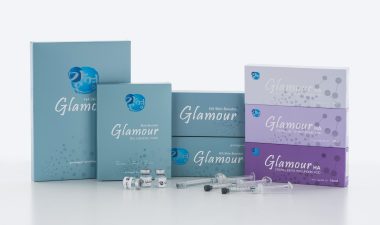

[…] 用于光动力治疗PDT photodynamic therapy的PDT焕肤祛痘疗法 […]
[…] PDT photodynamic therapy用于光动力治疗的PDT焕肤祛痘疗法 […]
[…] treatment is especially useful in cases of severe acne that do not respond to other treatments. PDT acne treatment also has effects on other skin conditions such as sunburned skin, precancerous cells and skin […]